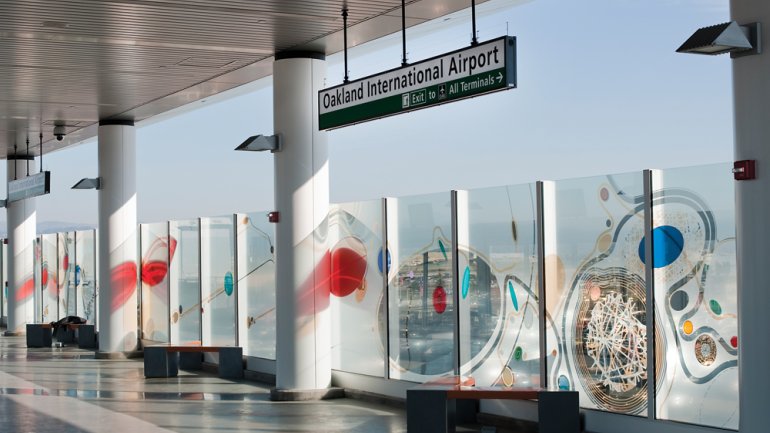Search Engine
Search Engine
When it came time for the Corning Museum of Glass and Corning Incorporated – a global innovator in materials science – to select an artist for their 2015/16 Specialty Glass Residency Program, they found a natural fit in Tom Patti. Since the 1960s, Patti has been experimenting with industrial methods and glass formulations, boldly breaking from established studio practice. His continuous explorations have yielded a varied body of work, from intricate sculptural objects to large-scale architectural installations.
Inducted into the American Craft Council College of Fellows in 2001, Patti is the second artist invited to the Corning program, which began in 2014 and provides access to the manufacturing company’s research facility. The unique partnership, Patti enthusiastically notes, “is striving to enable artists like me to extend their creative process and explore new materials.” We caught up with him during his term, which began in mid- 2015, to learn more.
Will you begin by telling us a little about the residency?
To study and work at Corning Incorporated’s research facility, Sullivan Park, is an opportunity to engage with the world’s elite scientists and engineers. We are exploring material processes and ideas in a manner that disconnects me from my studio environment and affords innovation and insight through these complementary disciplines.
How does that exploration compare to what you do in your studio?
It’s difficult to compare the two. The purpose of each is very different, even though the methods appear similar. My work and its development are idiosyncratic – it’s about my perceptual experience. I give concrete form to observations by defining a methodology that parallels scientific theories. [And yet] both science and art are intimately involved in searching out new ideas, methods, and technical discoveries.
Are there benefits to working in this setting?
Corning is a global company with vast human resources. Its ability to isolate solutions and focus on a particular problem is unique. Work that might take weeks to resolve in my studio will take a shorter time at Sullivan Park.
You’ve been described as a “materials scientist.” How do you define this title?
I am an artist and designer – but not a “materials scientist” in the true sense of the word. Scientists see color as a manifestation of photons – something that can be measured. Artists view color as having weight and affecting emotion. For scientists, line is distance and not direction. Those are just some of the differences.
Your works are found in public spaces such as a subway station in Queens and the exterior of a Miami high-rise, as well as in museums the world over, including the Museum of Modern Art, London’s Victoria and Albert Museum, and the Louvre. Do you have a project that remains in your memory as a favorite?
My first large-scale project, Sentinel [commissioned by General Electric Plastics Group and fabricated in their laboratories], was certainly memorable. To create art in an industrial environment was a challenging experience. And my most recent, Periodic Motion for the BART Station at Oakland International Airport in California – the artwork is seamlessly integrated within the site; the art and building structure co-exist. It represents the largest work in my Mind Boundary series, a 10-year study of the zone between mass and space.
Looking to the future, what do you see on the horizon? What do you hope for?
I will continue to investigate the intersection between technology, science, and art, and hope always to maintain an intellectual curiosity.
Jessica Shaykett is the American Craft Council librarian.




